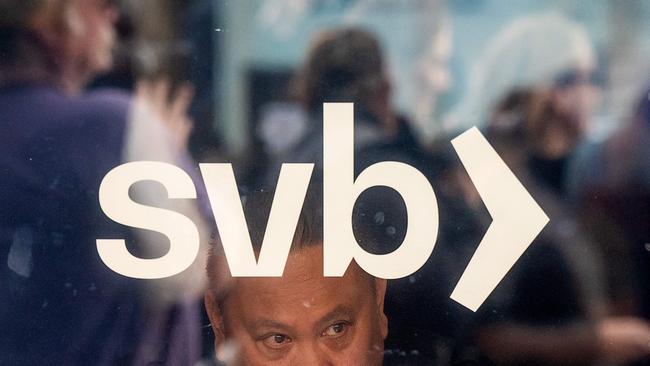Silicon Valley Bank’s collapse is a banking breakdown rather than a fintech failure

In all crises there is a natural tendency for bystanders and interested parties to extrapolate from current calamities to related – but unconnected – risks.
After the collapse of SVB in the US this past weekend, there will be many who say that the only sensible move is for companies to return to the oldest, most conventional banking partners.
That would be a setback for the homegrown Australian fintech ecosystem.
Although SVB and fintechs have a shared interest – the technology space – they do not necessarily have shared risks. The issues that brought down SVB were banking issues, not technology sector issues. SVB was a conventional banking failure.
It was a story of lack of diversification in customers who provided the majority of the deposit base – the heavy reliance on one sector that had raised record funding and those depositors’ tendency to hold that funding as deposits rather than investing. As venture capital funding fell and cash burn increased, SVB’s deposit base shrunk.
The double whammy came from unhedged investments in government bonds, which fell in value as rates increased. The past weekend, in short, has been a story about a 40 year old banking institution falling prey to balance sheet issues. These are risks almost as old as banking itself.

Following the events of last Friday, at Airwallex our Australian team dealt with many customers who urgently needed to open an additional local US-dollar account in the United States.
Many Aussie businesses with US operations had immediate requirements: they were concerned about missing payroll, about paying suppliers and about having somewhere that they could accept payments from customers.
For many of these companies the cashflow and capital implications meant they needed global solutions, fast.
Our customers told us conventional banks simply could not respond quickly enough to aid businesses in urgent need of US current accounts.
Companies like ours had a significant influx of new customers because, being a technology-first business, we were one of the few players that could move quickly enough to open new US accounts for affected customers. After conducting our compliance checks, we were able to open local US accounts for exposed Aussie businesses in a matter of hours, or in some cases minutes. We did so all through the night on Friday night and throughout the weekend.
By contrast, an Aussie business trying to open a new business bank account in the US would find themselves embroiled in a process that could take weeks.
Financial partners provide the circulatory system for businesses. Last week, many fintechs here in Australia stepped in to perform a heart transplant.
The events led to a realisation among businesses of the importance of diversifying exposure to different banking partners. The old school approach of having just one partner doesn’t cut it any more.
CEOs and founders – normally squarely focused on serving their customers – have turned their focus to how to better manage their finances, and Airwallex, alongside other fintechs, are offering part of the solution.
Even Airwallex itself is diversified, with more than 60 banking partners globally.
SVB was an institution. It has been instrumental in the creation and growth of technology companies that have changed the world. They took a chance backing many young businesses when others wouldn’t. It supported a plethora of tech start-ups in Australia and elsewhere from their earliest days.
Companies like Canva are right to reiterate their loyalty and support for the bank. But it was still a bank, vulnerable to traditional banking and balance sheet risks, with a traditional and ageing technology stack.
Since the news broke last week I’ve spoken with dozens of founders in Australia who all said the same thing: ‘The support from the sector has been incredible’.
Whether that’s been in the form of advice about other finance partners to work with, legal support to transfer funds, or operations help to make sure businesses could maintain cash flow to keep paying their staff, the start-up and fintech community has had the backs of the businesses feeling the worst of the fallout from SVB.
It is important – for the sake of a thriving homegrown fintech ecosystem here in Australia – that we do not let the collapse of SVB affect confidence in our fintech sector.
Fintech can and should play a significant role in every modern business’ diversified financial operating system, and the events of this weekend should only reiterate its importance to Australian businesses.
Amelia Hamer is director of strategy for ANZ, Airwallex



Silicon Valley Bank might have had a lot of tech companies as clients, but this was a banking failure, not a failure of the tech sector.